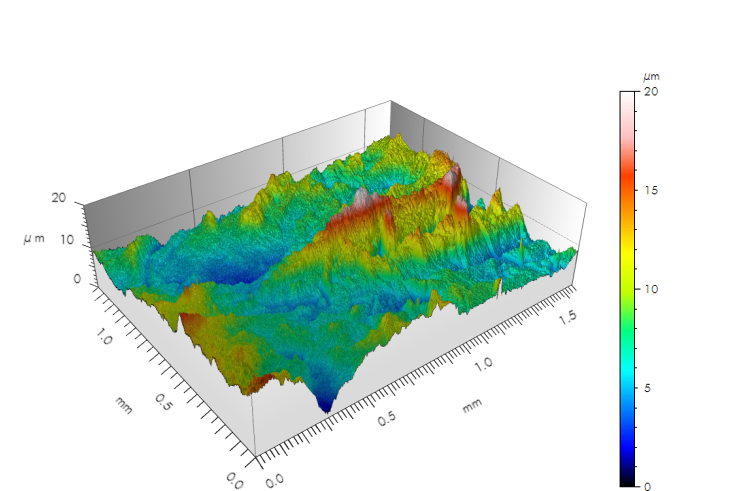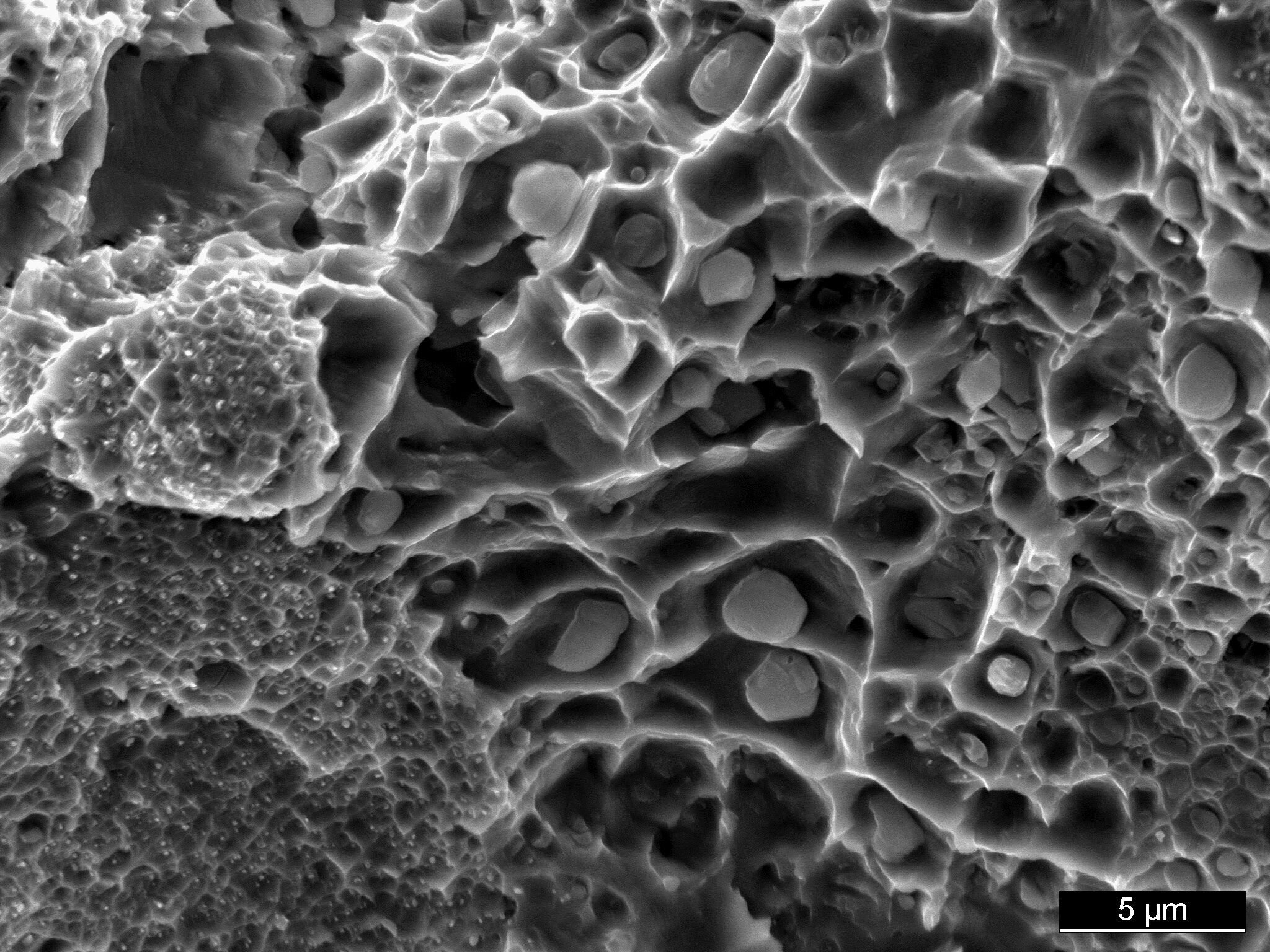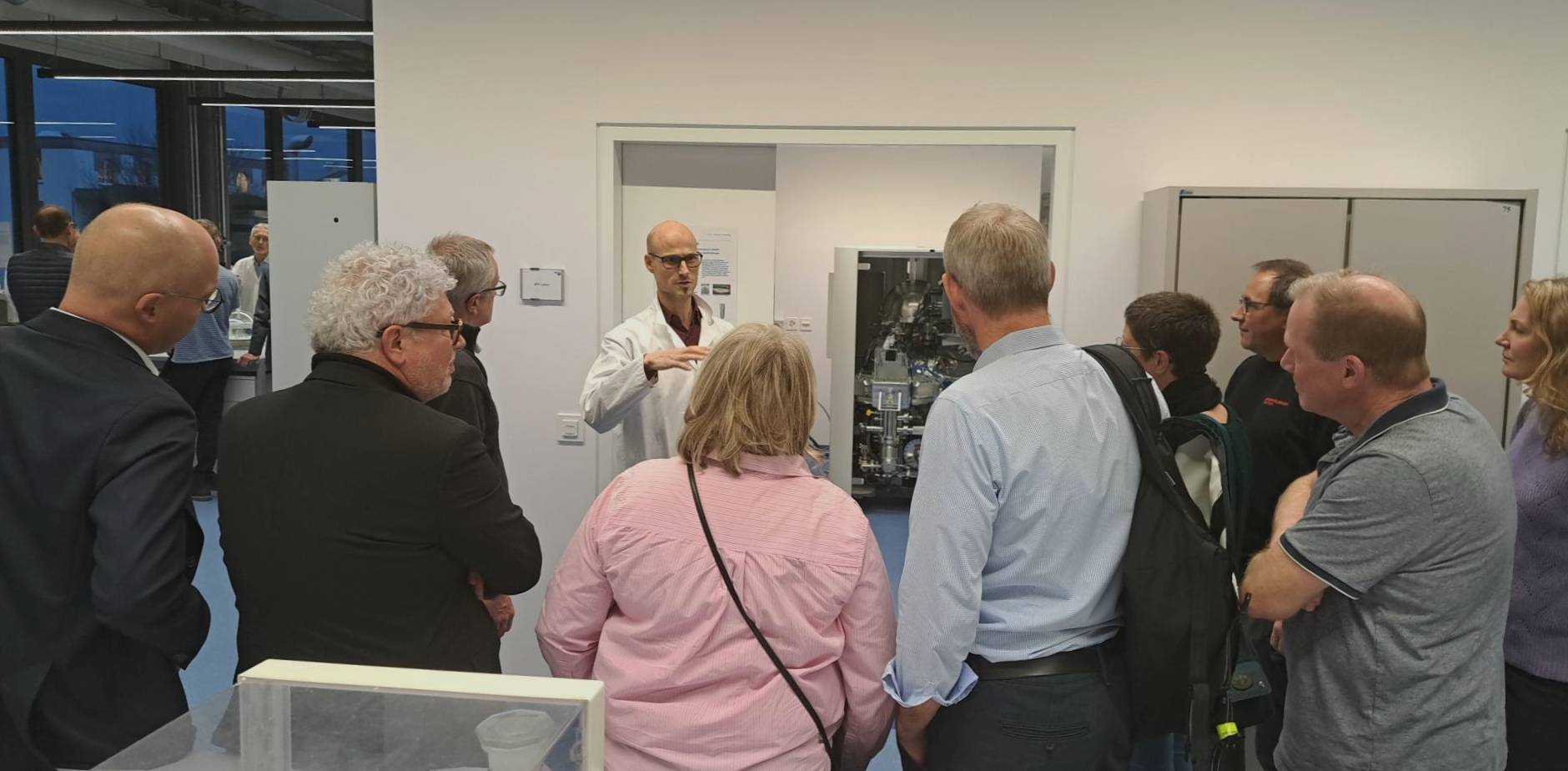IL-23: X-ray Diffraction (XRD): Quantitative Analysis of Phase Compositions
The crystal structure of ceramics, metals, and polymers drastically affects their physical, chemical, and biological properties. Even materials with the same chemical composition but different structures can be substantially different in many aspects. A common example of such polymorphs is diamond and graphite. Both are made of carbon, but while diamond is exceptionally hard, transparent, and precious, graphite is soft, black, and of no particular value. Similar examples exist in the fields of biomaterials (e.g. calcium phosphate bone void fillers, yttrium-stabilized zirconia dental implants) and metals (e.g. allotropes of steel), in which polymorphs with different physico-chemical or biological properties may occur.
A chemical analysis alone does not provide information on the crystal structure of ceramics and metals. This information is essential to comprehensively characterize the material and to assess whether or not the sample complies with the specifications. Powder X-ray diffraction analysis (XRD) identifies crystalline phases by the geometric arrangement of the atoms in the crystal structure (fig.). Polymorphs and other chemically similar phases are therefore easily distinguished. XRD is a standard technique for qualitative and quantitative analysis of phosphate, sulfate, carbonate, zirconia, and alumina bioceramics, as well as technical ceramics (oxides, carbides, nitrides), construction materials (concrete, asbestos, rock wool), minerals (rocks, ores), and metals.
XRD is routinely employed for the following analyses:
– Qualitative identification of crystalline phases
– Quantification of phase compositions
– Verification of phase purity by quantification of contamination phases
– Ca:P ratio of calcium phosphate bioceramics
– Degree of reaction of bone and construction cements
RMS Foundation is a competence center for XRD analysis of inorganic materials with many years of practical experience [1-5]. We offer a growing number of ISO/IEC 17025 accredited services to our customers:
– Phase composition of calcium phosphate bioceramics (ASTM F1088, ISO 13175-3, ISO 13779-3)
– Ca:P ratio of calcium phosphate bioceramics (ISO 13779-3)
– X-ray characterization of bioceramics (ISO 10993-14)
Phase identifications and quantifications of other inorganic samples are offered as non-accredited services.
![]()
![]()
Figures: The electron density distribution in the hydroxyapatite structure determined by XRD (left) allows to locate atomic positions and to derive a model of the crystal structure (right).
Equipment:
- Bruker D8 Advance powder X-ray diffractometer using CuKα radiation and a LynxEye XE detector. Sample stages for reflective and transmissive (glass capillary) samples
- McCrone micronizing mill
- ICDD PDF-4+ structure database
- «Profex» Rietveld refinement software
Samples and Results:
- 1 g of the material is required. The sample is milled in isopropanol
- Detection limits depend on the sample composition. Under ideal conditions 0.2 wt-% can be reached. More complex compositions and/or low crystallinity may increase the detection limit
References:
[1] Döbelin, N. et al. (2009). Key Engineering Materials 396 - 398: 595 - 598.
[2] Döbelin, N. et al. (2010). Journal of the American Ceramic Society 93(10): 3455-3463.
[3] Doebelin, N. et al. (2012). Key Engineering Materials 493-494: 219-224.
[4] Doebelin, N. and R. Kleeberg (2015). Journal of Applied Crystallography 48(5): 1573-1580.
[5] Döbelin, N. (2015). Powder Diffraction 30(3): 231-241.


